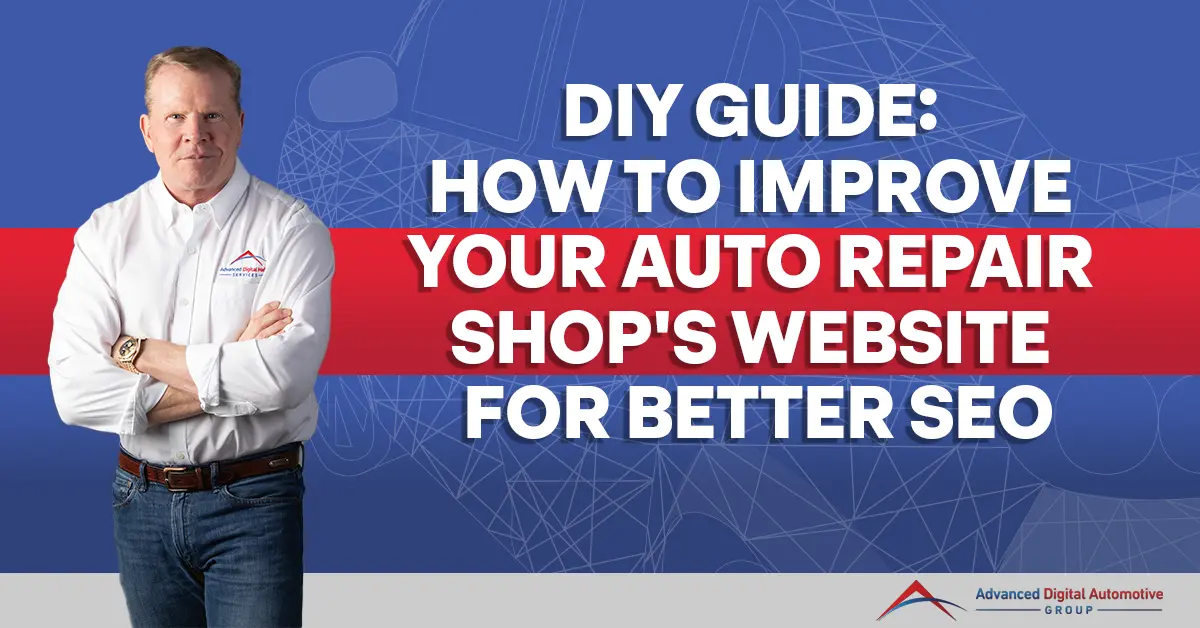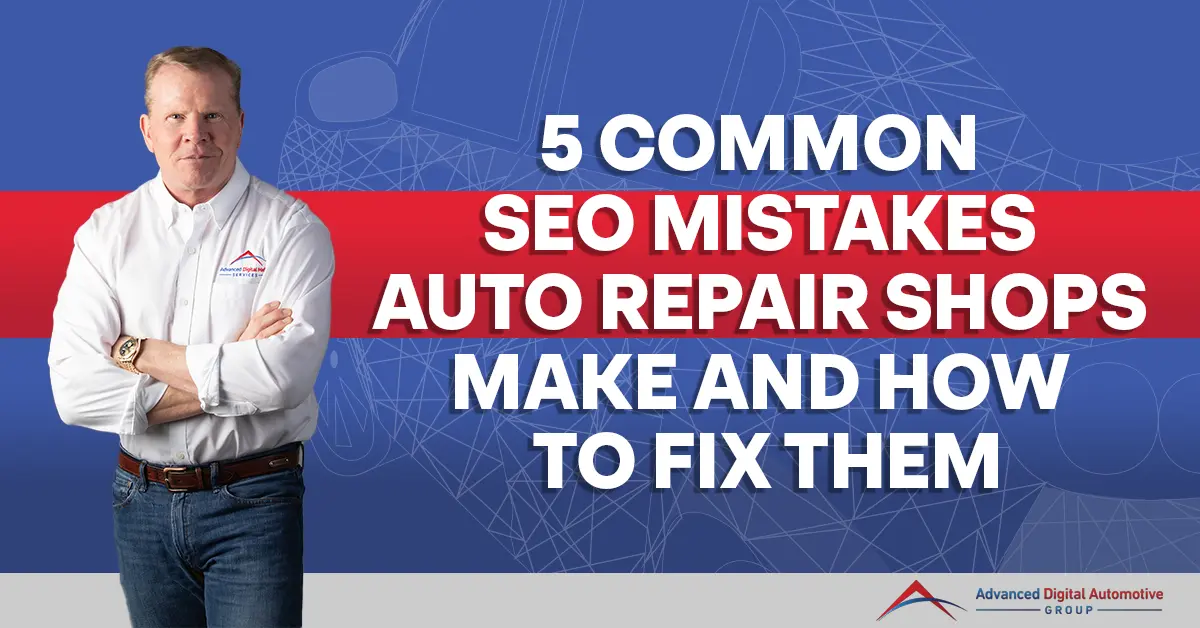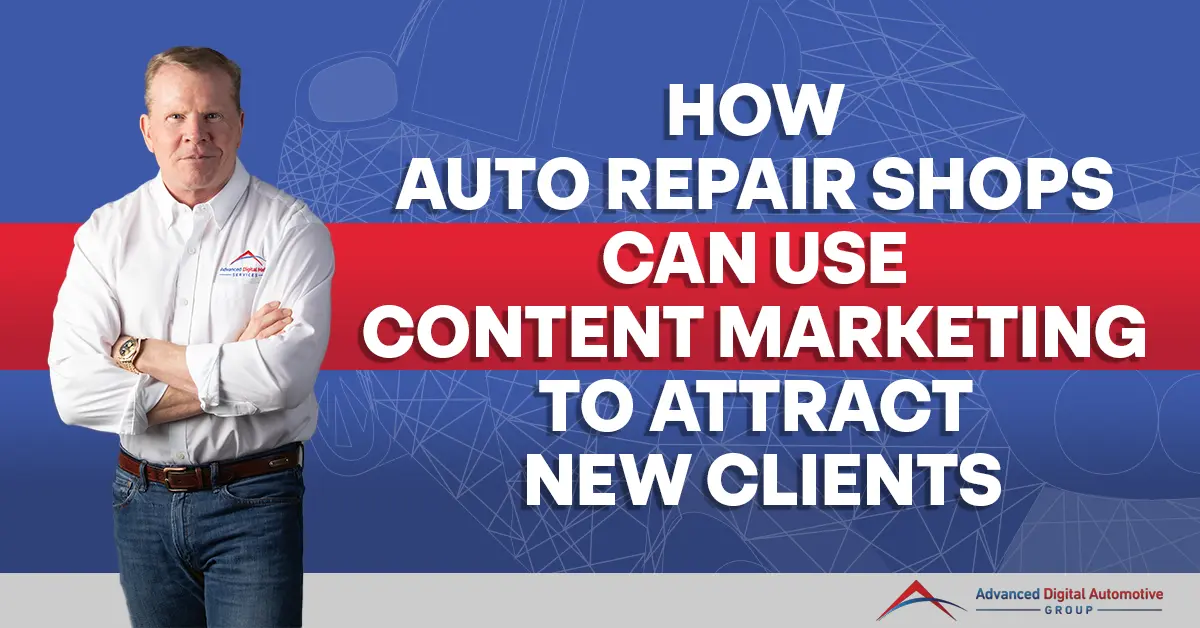Successful automotive businesses know that gaining customer trust is critical to long-term success. One of the tried-and-tested ways to earn that trust is by offering warranty and guarantee policies that protect and reassure customers.
However, simply having warranty and guarantee policies isn’t enough. To stand out truly and make an impact, your policies must be carefully designed with the customer in mind. This blog will discuss how you can create warranty and guarantee policies centering on your customers’ needs.
How do you develop a customer-centric strategy?
In the quest for a customer centric marketing strategy for an automotive business, it’s essential to go beyond the surface level and dive into the best practices for crafting warranty and guarantee policies that genuinely resonate with your audience. By following these practices, you can ensure that your quality guarantees and policies are protective and empowering, enhancing customer satisfaction and trust in your brand.
Let’s explore these best practices in detail to understand how they contribute to the success of your automotive business.
1. Thorough Market Research
To create effective warranty and guarantee policies, you must first understand your customers’ expectations, pain points, and preferences. Conducting market research can help identify common customer issues, allowing you to tailor your policies to offer the most relevant and valuable solutions.
2. Clear and Transparent Communication
Establishing trust begins with clear and transparent communication of your warranty’s terms and conditions. Ensure that critical information is easily accessible and easy to understand for customers, avoiding complex jargon that could lead to confusion.
Use straightforward language to explain the coverage, limitations, and warranty claim process. This clarity enhances the customer experience and reduces the chances of disputes or misunderstandings.
3. Flexibility and Choice
Customer centric marketing strategy and policies provide flexibility and choice, allowing customers to select the most suitable options. For example, offering different coverage levels or durations empowers customers to customize their warranties based on budget and anticipated vehicle usage.
4. Streamlined Warranty Claim Process
An efficient warranty claim process is crucial to maintaining customer satisfaction. Minimize paperwork and bureaucratic red tape, aiming for a hassle-free experience. Consider allowing customers to file claims online or through other convenient channels and provide timely updates on the status of their claims.
5. Integration With Customer Service Efforts
Seamless integration with existing customer service channels is also essential to ensure quick and effective resolution of issues. Your customer support team should be well-trained in handling warranty-related inquiries and strive to provide prompt and empathetic service to customers seeking solutions for covered problems.
6. Feedback and Continuous Improvement
Regularly seek customer feedback regarding their warranty experience and use their insights to improve your policies and processes continuously. This customer feedback can serve as a valuable tool in identifying any pain points or areas for enhancement, helping you stay ahead of the competition and better meet the evolving needs of your target market.
7. Training and Education
Educate your staff about the details of your warranty and guarantee policies so they can provide accurate information to customers. Well-informed employees can address customer queries more effectively, ensuring a positive experience.
By implementing these best practices, you can develop warranty and guarantee policies that protect your customers and build strong, lasting relationships that drive the success of your automotive business.
What are the different types of warranty and guarantee policies in the automotive industry?
Automotive warranty and guarantee policies typically come in the following forms:
1. Full-Coverage Warranty
This is the most comprehensive type of warranty, as it covers the cost of repairs or replacements for a specified period, regardless of the cause of the issue. Full coverage warranties are often offered for new vehicles and can last up to several years or until a certain mileage is reached.
2. Powertrain Warranty
Powertrain warranties focus on the major components of a vehicle, such as the engine, transmission, and drivetrain. These policies protect against defects and failures in these essential parts and typically have longer coverage than other warranty types.
3. Extended Warranty
Extended warranties are optional plans that customers can purchase to extend the coverage period of their existing warranties. These policies can be customized to cater to specific customer needs and can provide protection for various vehicle components beyond the manufacturer’s original warranty.
4. Corrosion Warranty
Mostly applicable to vehicles in regions prone to rust and corrosion, this type of warranty covers the cost of repairs for corrosion-related damage. The coverage can vary in duration and extent, depending on the specific terms and conditions.
5. Parts Warranty
Parts warranties are offered by manufacturers for replacement components. These policies provide coverage against defects or premature failures for a specified period. The duration of coverage can vary, depending on the part and the terms set by the manufacturer.
6. Roadside Assistance
Unlike other warranties, which focus on repairs, roadside assistance warranties provide benefits such as towing, battery jump-starts, and emergency fuel delivery. These policies are aimed at ensuring customer convenience and security in the event of a breakdown or accident.
7. Maintenance Warranty
Some automakers offer maintenance warranties, which cover the cost of scheduled services, such as oil changes, tire rotations, and filter replacements. These policies are designed to encourage customers to service their vehicles at authorized dealership locations, promoting ongoing revenue for the automaker.
How can giving warranties be able to build good customer relationships?
By providing warranties, businesses effectively demonstrate a commitment to resolving any potential issues clients may experience. Warranties can foster good customer relationships by:
1. Establishing Trust
A warranty serves as a promise and vote of confidence in the reliability and quality guarantees of your products. When you provide warranties, you demonstrate that you are willing to take responsibility for any issues that may arise, giving customers peace of mind and confidence in their purchase.
2. Enhanced Customer Satisfaction
Giving warranties reflects your commitment to customer satisfaction, as you are willing to support them beyond the point of sale. Quick and efficient handling of warranty claims can turn potential negative experiences into positive ones, leaving customers satisfied and more likely to recommend your brand to others.
3. Repeat Business and Brand Loyalty
Customers who have positive warranty experiences are more likely to make repeat purchases. An effective warranty can create a memorable customer experience, building a strong foundation for long-term brand loyalty. Satisfied customers may also become your brand advocates who can spread positive word-of-mouth and attract new business.
4. Risk Mitigation
Warranties mitigate risks involved in purchasing products, providing customers with a safety net in case of malfunctions or defects. This risk reduction can give potential buyers the confidence to choose your products over those of competitors who do not offer warranties, positively impacting your bottom line.
5. Competitive Edge
An attractive warranty offering sets you apart from competitors, especially when it provides more comprehensive coverage or unique features. It can become a key differentiator, influencing purchase decisions in your favor and attracting customers seeking added value and protection.
How to Create Policies That Prioritize Your Customers
Designing a customer centric marketing strategy requires careful thought and consideration. It should be a priority for your automotive business. To help you develop such policies effectively, follow the step-by-step process below:
1. Conduct in-depth research and analysis of customer preferences.
A customer centric marketing strategy also involves personalized research. To begin creating warranty policies that prioritize your customers, you must conduct in-depth research and analysis of their preferences.
Examine customer feedback and past warranty claim data to gain insights into the most critical issues for your customers. This data is a valuable guide in crafting policies tailored to their needs and expectations.
2. Clearly define the scope and coverage of your warranty and quality guarantees.
You must define their scope and coverage to create clear-cut warranty and quality guarantees. This means identifying the specific products, services, and circumstances that qualify for warranty and quality guarantees.
A precise definition of what is and isn’t covered helps appropriately set customer expectations upfront and avoid confusion or dissatisfaction later.
3. Tailor your policies to different customer segments.
Creating an effective customer centric marketing strategy involves warranty policies tailored to different customer segments, accounting for their unique preferences and needs. One segment might value speedy resolution, while another might prioritize extended coverage.
By offering policy variations that align with the distinct requirements of specific customer groups, you can enhance the perceived relevance and value of your quality guarantees.
4. Make your warranty terms and conditions easy to understand.
The warranty claim process must also include clear terms and easy-to-understand conditions. Avoid complex language or jargon that may confuse customers. Instead, use simple, concise, and precise wording to explain the rights and obligations of the customers and your business.
When your customers can quickly grasp the quality guarantees and policies, it reduces confusion and increases confidence in their ability to navigate the claims process successfully.
5. Establish a streamlined warranty claim process.
In the automotive business, a streamlined warranty claim process translates to reduced hassle and enhanced convenience for your customers. This step is essential, as it can make or break the effectiveness of your customer centric marketing strategy and policies.
Streamlining the warranty claim process involves the following:
- Minimizing paperwork.
- Enabling online and mobile claim submissions.
- Providing clear instructions and guidance at every step.
The goal is to enable customers to file claims and obtain their needed support.
5. Train your customer support team to handle warranty-related inquiries and complaints.
Effective customer support is critical in delivering quality guarantees and customer centric warranty experience. Hence, the fifth step to achieving it is training your customer support team to handle warranty-related inquiries and complaints with the utmost care and professionalism.
When customers seek assistance, well-trained customer support representatives can positively influence their perception by providing timely and empathetic service.
6. Regularly evaluate and improve your warranty processes.
Customer satisfaction in the automotive industry often changes over time, so it’s critical to evaluate and improve your warranty processes regularly. Make it the final step of securing quality guarantees for your services and products within your business to ensure you continuously deliver on your customer-centric promise.
Gather feedback, monitor customer satisfaction metrics, and perform audits to identify areas for enhancement. Adapting swiftly to customer needs and addressing emerging pain points is a hallmark of a customer-centric brand.
The Bottom Line
Implementing a customer centric marketing strategy into warranty policies is pivotal in establishing a solid foothold in the competitive automotive industry. These policies safeguard your customers and serve as a testament to your commitment to their satisfaction.
By prioritizing transparency in your communication, providing flexibility and choice, streamlining the warranty claim process, and integrating these efforts with exceptional customer service, you can create an environment where customers feel valued and supported throughout their ownership journey.
To amplify the impact of these customer-centric strategies, consider the expertise of a professional digital marketing team. They can help you communicate and market these policies to your target audience, strengthening your brand’s reputation and fostering lasting customer relationships.
Get expert assistance from Advanced Digital Automotive Group!
Need to boost your online presence? Work with Advanced Digital Automotive Group, the leading automotive SEO company. Our SEO experts will help drive more traffic and enhance conversions for your business. Call us today to find out how we can revamp your business!













